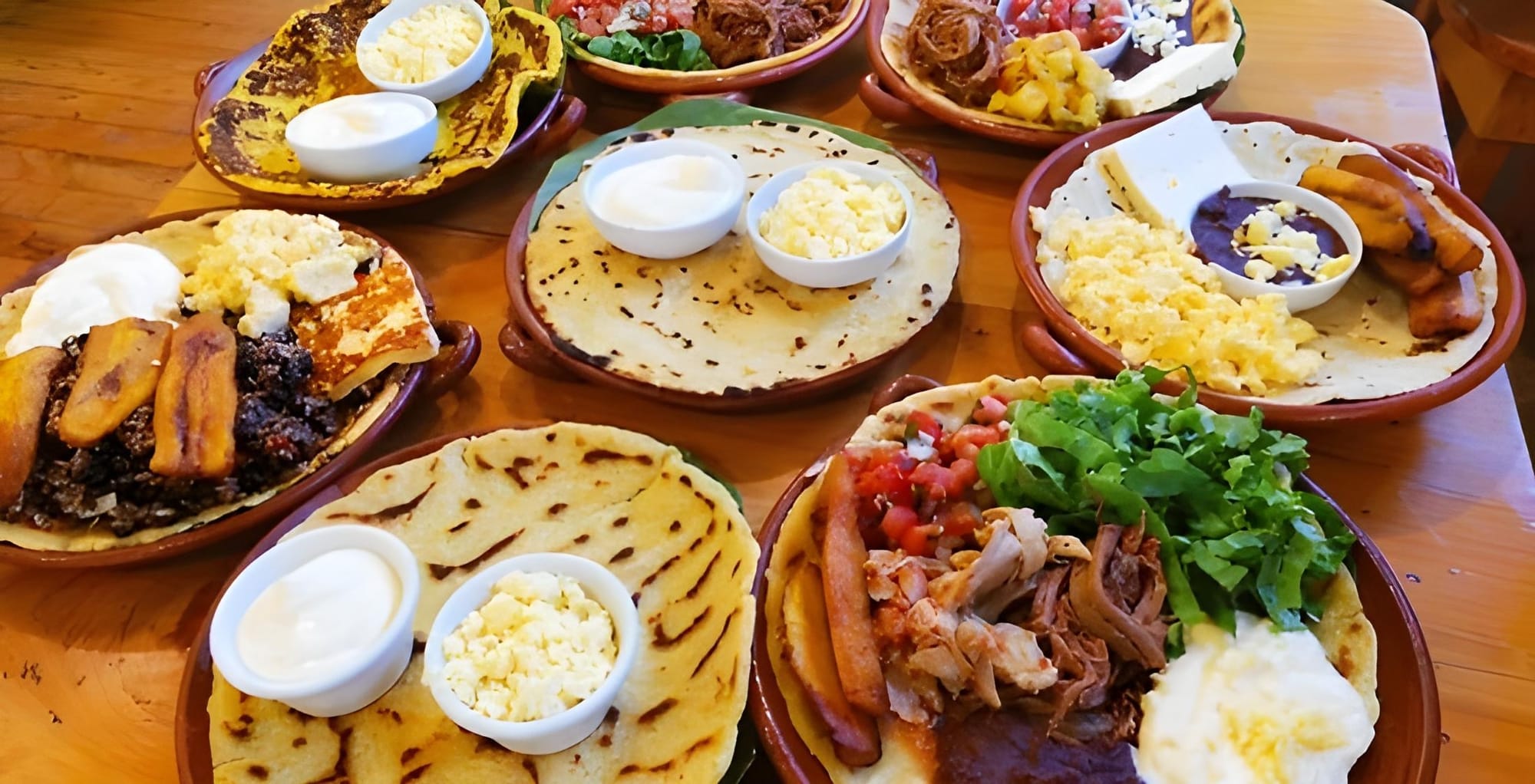Culinary Art in Guanacaste: A Blend of Tradition and Flavor

Guanacaste, is not just renowned for its pristine beaches, diverse ecosystems, and vibrant culture. It is also home to a rich culinary heritage that is a reflection of its history, climate, and the daily life of its people.
<strong>Historical Roots</strong>
The culinary traditions of Guanacaste have roots that trace back to the indigenous Chorotega people who originally inhabited the region. Over the years, these traditions blended with Spanish colonial influences, as well as African and mestizo flavors, resulting in a unique culinary landscape.
<strong>Staple Ingredients</strong>
The foundation of Guanacaste cuisine is based on a trio of ingredients: maize (corn), rice, and beans. These are supplemented by a plethora of fresh fruits, vegetables, and locally-sourced meats. Corn, in particular, has been cultivated in this region for centuries and is a primary staple, transformed into dishes like 'tamales', 'rosquillas', and the ubiquitous 'tortillas'.
<strong>Signature Dishes</strong>
- <strong>Gallo Pinto</strong>: A beloved breakfast dish, Gallo Pinto is a hearty mix of rice and beans seasoned with peppers, onions, and cilantro. It's often served with fried eggs, plantains, and sour cream.
- <strong>Casado</strong>: Translating to "married" in English, Casado represents the marriage of its components. This dish typically includes rice, beans, salad, a protein (like fish, chicken, or beef), and fried plantains.
- <strong>Sopa de Albondigas</strong>: This is a flavorful meatball soup made with vegetables and local spices, simmered to perfection.
- <strong>Arroz de Maíz</strong>: A delicious combination of rice and corn, this dish is seasoned with garlic, sweet pepper, and cilantro.
<strong>Influence of the Pacific Coast</strong>
Being a coastal region, Guanacaste's proximity to the Pacific Ocean introduces a variety of seafood into the local diet. Fresh fish, lobsters, and shellfish play significant roles in the region's culinary offerings. Ceviches, where seafood is cured in citrus juices, and arroz con camarones (rice with shrimp) are particularly popular.
<strong>Sweets and Desserts</strong>Guanacaste's tropical climate means an abundance of fruits, which are often incorporated into desserts. 'Coyol wine', made from the fermented sap of the coyol palm, and 'tapa de dulce', a sugary treat made from sugarcane juice, are traditional delights not to be missed.
<strong>In Conclusion</strong>
Guanacaste's culinary art is a testament to its rich heritage, blending indigenous practices with external influences to create dishes that tantalize the palate and narrate a story of its people, environment, and history. Whether you're savoring a simple corn tortilla or indulging in a seafood feast, Guanacaste promises an authentic and unforgettable culinary journey.